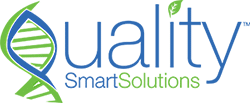Choosing Between GRAS Notice and Self-Affirmed GRAS

If you’re introducing a new ingredient or additive into food products, understanding the GRAS Notice vs. Self-Affirmed GRAS pathways is essential. In the U.S., substances that are Generally Recognized as Safe (GRAS) can be used in food without requiring a formal FDA approval. But how do you determine which GRAS pathway is right for you?
... Read moreUnderstanding GRAS Substances and Their Role in Food Compliance
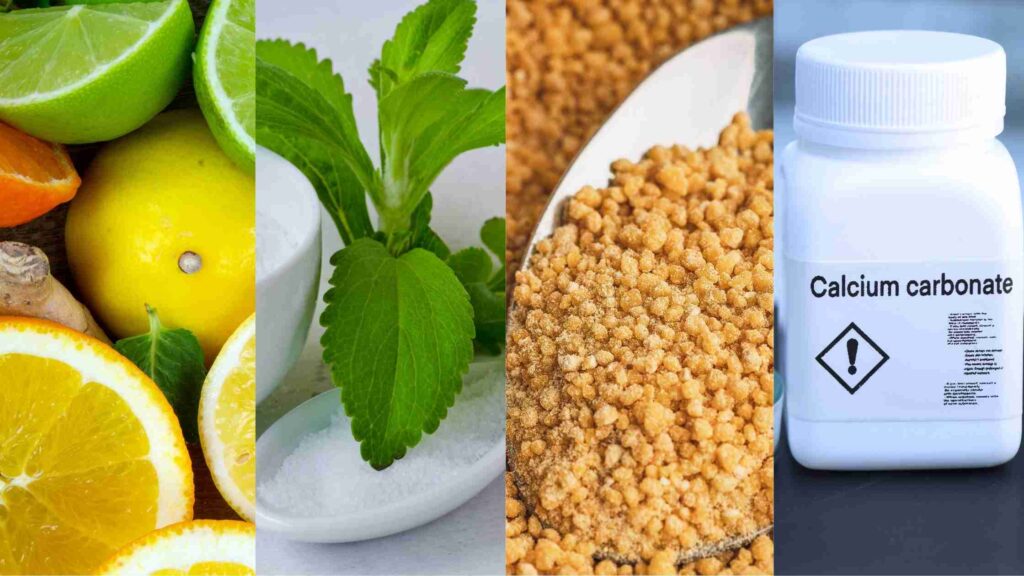
GRAS substances, or “Generally Recognized as Safe” substances, are essential to product development in the food, pharmaceutical, and cosmetic industries. If you’re in any of these fields, it’s important to understand how GRAS substances work so your products stay compliant, safe, and ready for market. Maybe you’re working on a new formulation or reviewing an
... Read moreEverything businesses should know about the Supplemented Foods Facts Table (SFFT)
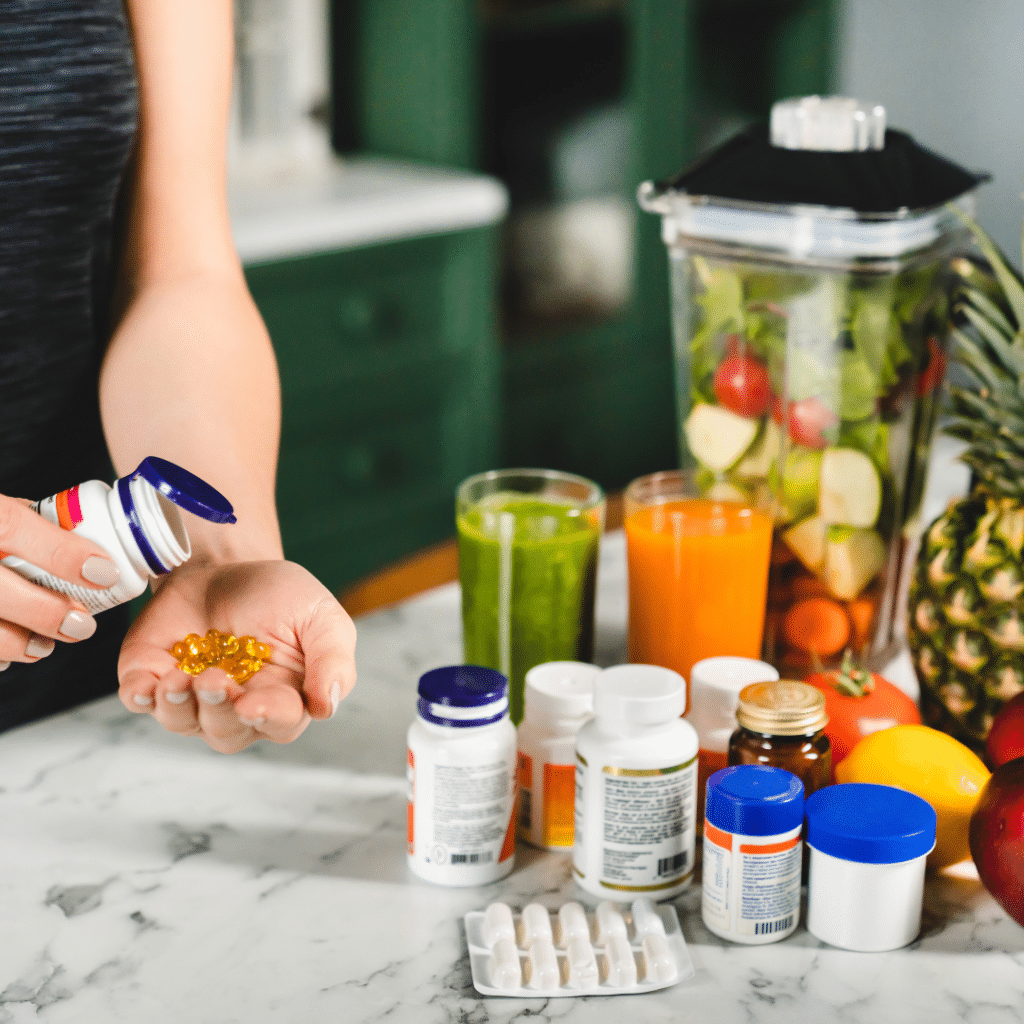
Introducing the Supplemented Foods Facts Table (SFFT), your go-to guide for navigating the ever-changing world of supplemented foods. With consumer demand skyrocketing for these products, grasping the SFFT is vital for businesses looking to excel in this booming market. In this article, we’ll unravel everything you need to know about the SFFT, from its purpose
... Read moreHow Manufacturers Can Stay Compliant With Canadian Medical Device Rules

https://youtu.be/E0E0dohMpC4 So, you’re a medical device manufacturer eyeing the Canadian market? Great choice! But before you dive in, let’s talk about the regulatory hoops you’ll need to jump through. Selling medical devices in Canada comes with its own set of rules, and trust me, you want to be on the right side of these regulations.
... Read moreSelling Food in Canada: Navigating the Requirements for Conventional and Supplemented Products

https://youtu.be/QABD-2XIRz0 Canada is known for its diverse culinary landscape. If you’re considering selling food products in this country, you’re in for a rewarding venture. However, it’s essential to understand the specific requirements and regulations governing the sale of conventional and supplemented food items. This article will explore what it takes to sell food in Canada,
... Read moreA Guide to FDA 510(k) Clearance for Medical Devices

Navigating the intricate world of medical devices can be daunting, especially when it comes to ensuring their safety and effectiveness. In the United States, the FDA 510(k) clearance process is the critical checkpoint manufacturers must pass before introducing medical devices. This article will break down the regulatory complexities of FDA 510(k) clearance, including submission requirements,
... Read moreHow Drug Registration Works in the U.S. and What NDC Numbers Mean
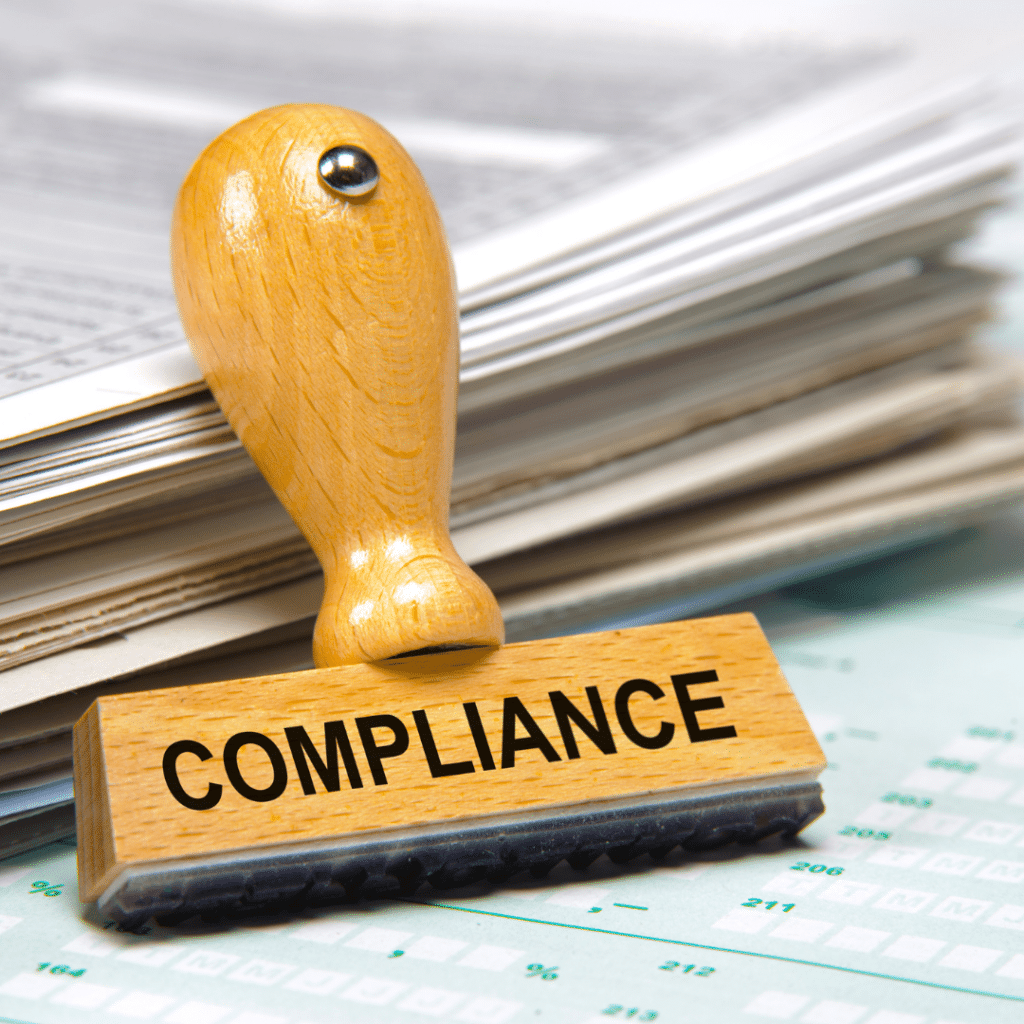
Drug registration and NDC number might sound technical, but they play a big role in how medications make it to the U.S. market. If you’re in the pharmaceutical space, understanding how these systems work is key to getting your products approved, listed, and safely into the hands of patients. In this guide, we break it
... Read moreNavigating the Regulatory Seas: How Experts Ensure Your Medical Devices Set Sail Smoothly

Introduction In the ever-changing world of medical device manufacturing, ensuring your product complies with regulations is akin to navigating stormy seas. The safety of patients, the assurance of quality, and the complexities of compliance weigh heavily on manufacturers. This article sheds light on the challenges faced and how expert navigators—regulatory consultants—play a pivotal role in
... Read moreA Clear Guide to FDA 510(k) Submission Requirements
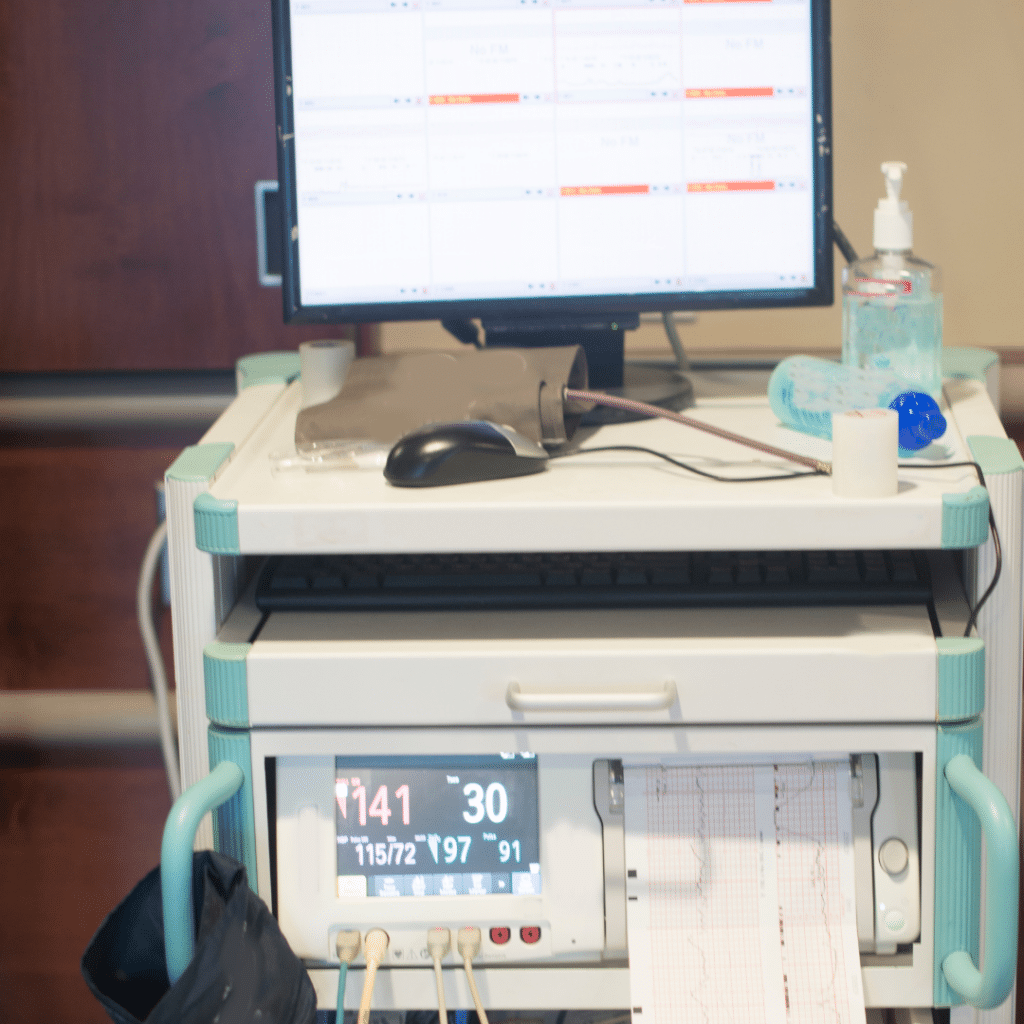
Introduction In the world of medical devices, ensuring patient safety and efficacy is paramount. The 510(k) submission process is a critical step for manufacturers seeking clearance from the U.S. Food and Drug Administration (FDA) to market their devices. This process can be complex, but it plays a pivotal role in bringing innovative medical devices to
... Read moreNavigating French Language Labeling Requirements in Canada: A Guide for Food Manufacturers

Introduction: As a food manufacturer in Canada, ensuring that your product labels comply with Health Canada’s regulations is crucial for successful market entry and consumer safety. For businesses looking to distribute food products in Canada, one essential aspect is adherence to bilingual labeling requirements, notably including French alongside English on product labels. In this blog,
... Read moreWhy is it crucial to avoid FDA Warning Letters for dietary supplements and health products?
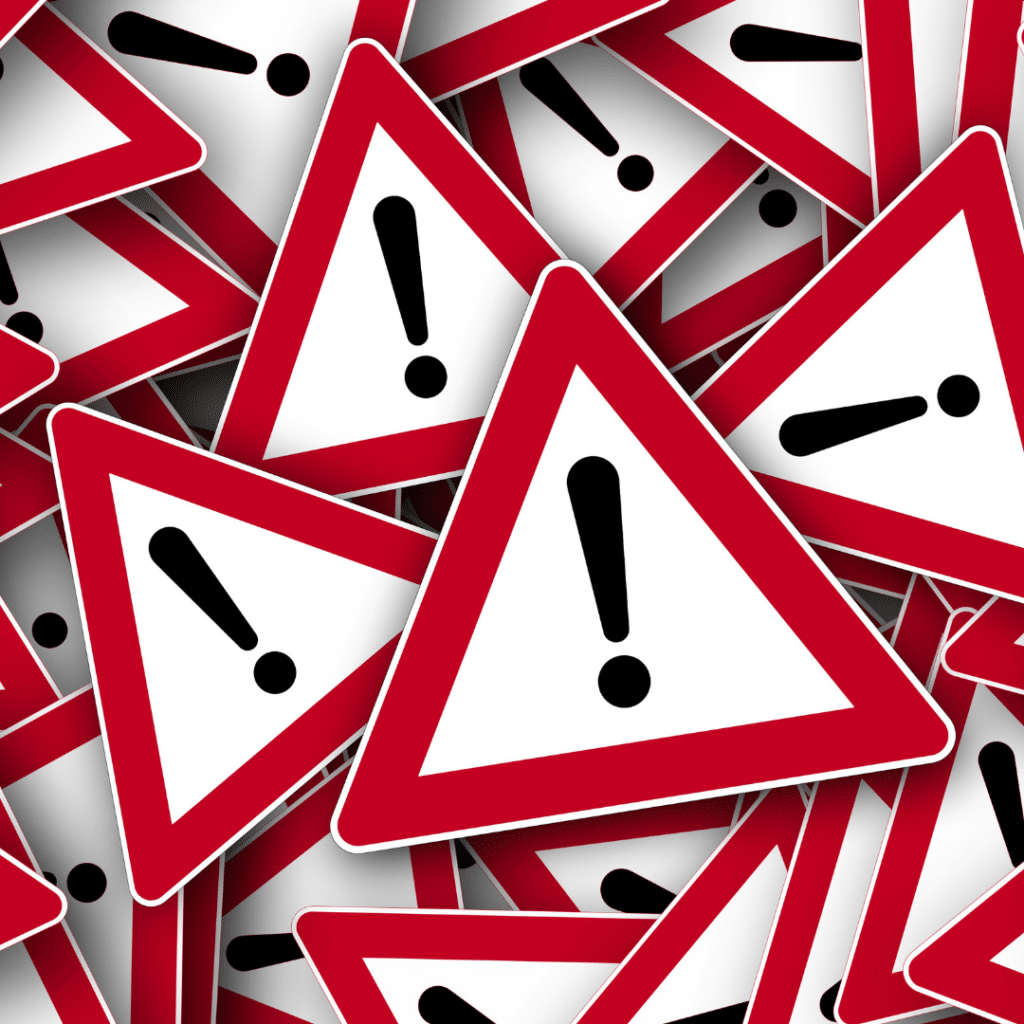
As a business owner operating in dietary supplements and health products, you are undoubtedly aware of the ever-evolving regulatory landscape. Ensuring that your products meet the stringent requirements set forth by the U.S. Food and Drug Administration (FDA) is not merely a matter of legal obligation; it’s imperative for your brand’s success and consumer
... Read moreEverything businesses should know about submitting a 30-Day Pre-Market Notification and Structure-Function Claims
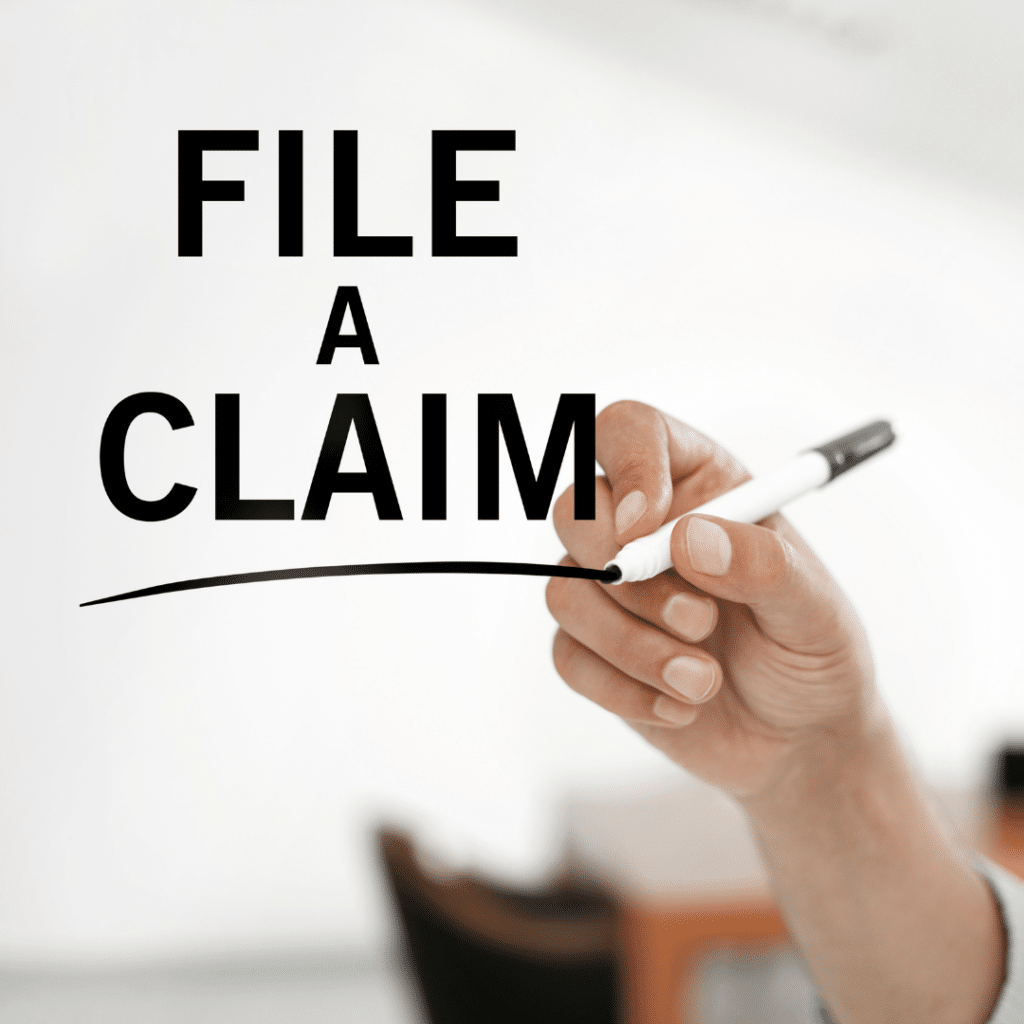
https://youtu.be/MlufAYFqQ1s In dietary supplements, navigating the intricate regulatory landscape is a challenging yet indispensable aspect of launching your product. Submitting a 30-day Pre-Market Notification and Structure-Function Claim to the U.S. Food and Drug Administration (FDA) is a pivotal regulatory requirement. This notification must be submitted at least 30 days before introducing your dietary supplement to
... Read moreHealth Canada’s Notice Enables the Use of L-alpha Glycerylphosphorylcholine in Supplemented Food

Health Canada Approves Alpha GPC in Foods On September 20, 2023, Health Canada approved the use of L-alpha-glycerylphosphorylcholine (alpha GPC) as a supplement in foods. This decision followed a thorough safety review by Health Canada’s Food Directorate. How Health Canada Administers Foods and Food Supplements Health Canada ensures food and drug safety is maintained in
... Read moreNavigating Cosmetic Product Regulations through FDA Recent MoCRA Update
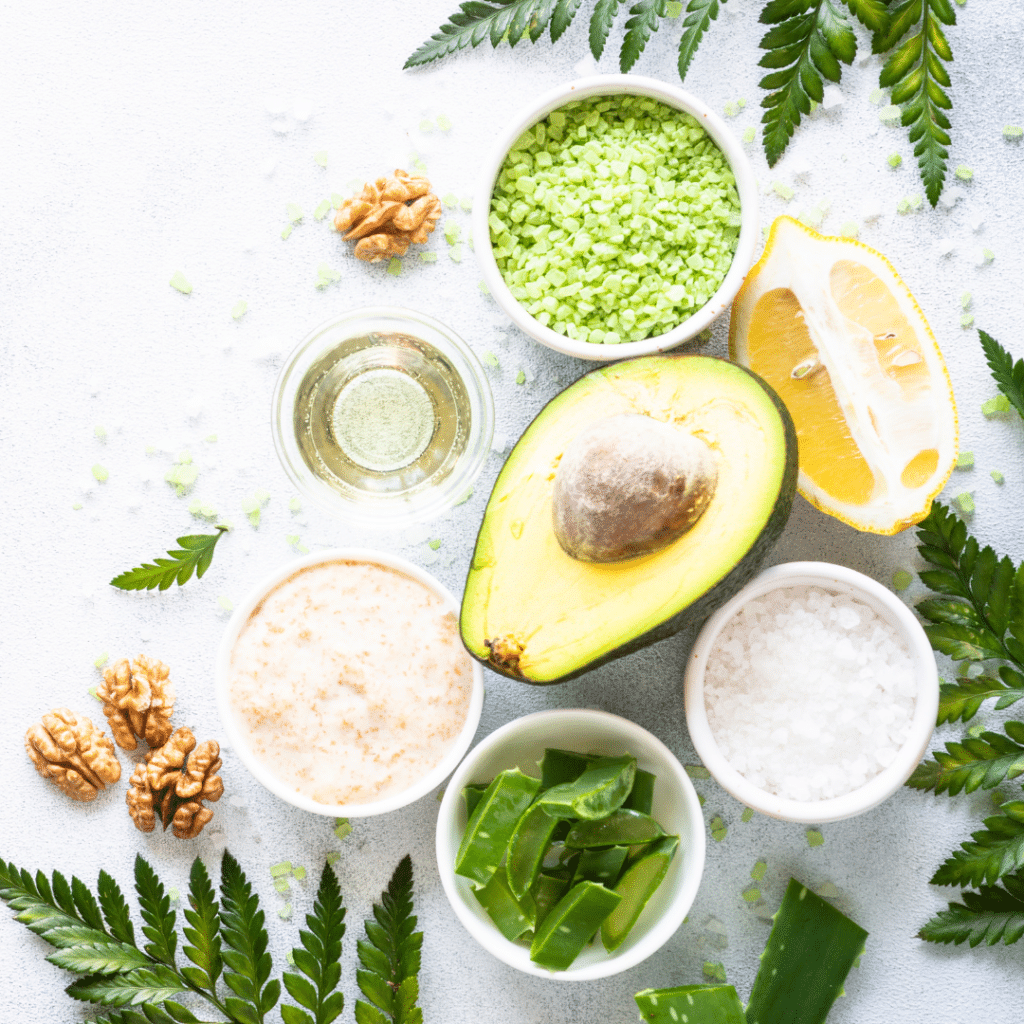
https://youtu.be/uuXA8yHrrZc Introduction: In response to the FDA’s recent draft guidance on the Registration and Listing of Cosmetic Product Facilities and Products, we’ve got some updates and insights that might interest you, especially if you’re in the cosmetic business. First, nearly 50 public comments were submitted to the FDA regarding this draft guidance by the September 5,
... Read moreSelling Your Food Products in the USA: A Guide for Food Business Owners

https://youtu.be/x4c0LEPmJuM If you’re selling food products in the United States, understanding and complying with FDA regulations is non-negotiable. The Food and Drug Administration (FDA) has established rigorous requirements to ensure the safety and transparency of food products available to consumers. Here’s a practical guide tailored to food business owners on ensuring your food products meet
... Read moreHow to Obtain an NPN License for Your Natural Health Product in Canada

When it comes to selling natural health products (NHPs) in Canada, securing an NPN license is your ticket to success. Issued by Health Canada, this license confirms that your product is safe, effective, and manufactured to meet high-quality standards. It is not just about compliance; it is about building trust with your customers and standing
... Read moreHow to prepare and submit an eStar 510k Submission as of October 1st

Introduction: Staying up-to-date with the latest regulations and tools is crucial in medical device submissions. As of June 9, 2023, the FDA introduced the electronic Submission Template and Resource (eSTAR) for Pre-Submissions, revolutionizing the process for medical device applicants. Starting October 1, 2023, all 510(k) submissions, unless exempted, must be submitted electronically using the eSTAR template.
... Read more10 Steps to Sell Dietary Supplements in the U.S.
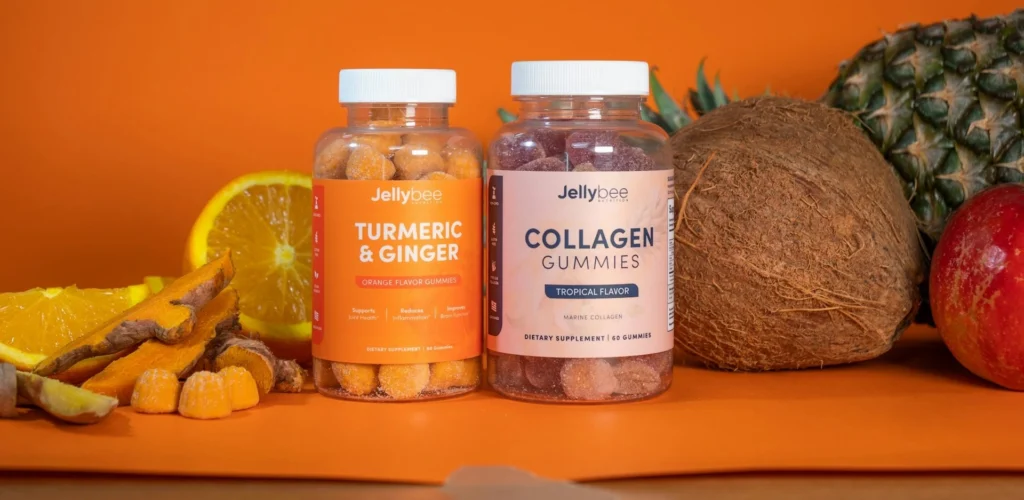
The dietary supplement industry in the U.S. is growing fast. More people are looking for vitamins, minerals, and other supplements to support their health. If you’re planning to sell supplements, you need to follow strict regulations to make sure your products are safe and legal. Unlike regular foods or prescription drugs, dietary supplements have their
... Read moreUnderstanding FSVP Rules and How to Stay Compliant

For importers in the global food trade, ensuring the safety and compliance of imported products is a top priority. The Foreign Supplier Verification Program (FSVP) is vital to this effort, requiring importers to adhere to specific rules and meticulously maintain accurate records. In this article, we’ll delve into everything importers need to know about FSVP
... Read moreWhat the Draft Guidance Means for MLMD Applications

Discover the secrets behind successful Machine Learning-Enabled Medical Device (MLMD) development, risk management, and more.
... Read moreHow FSMA Strengthens Food Safety Compliance
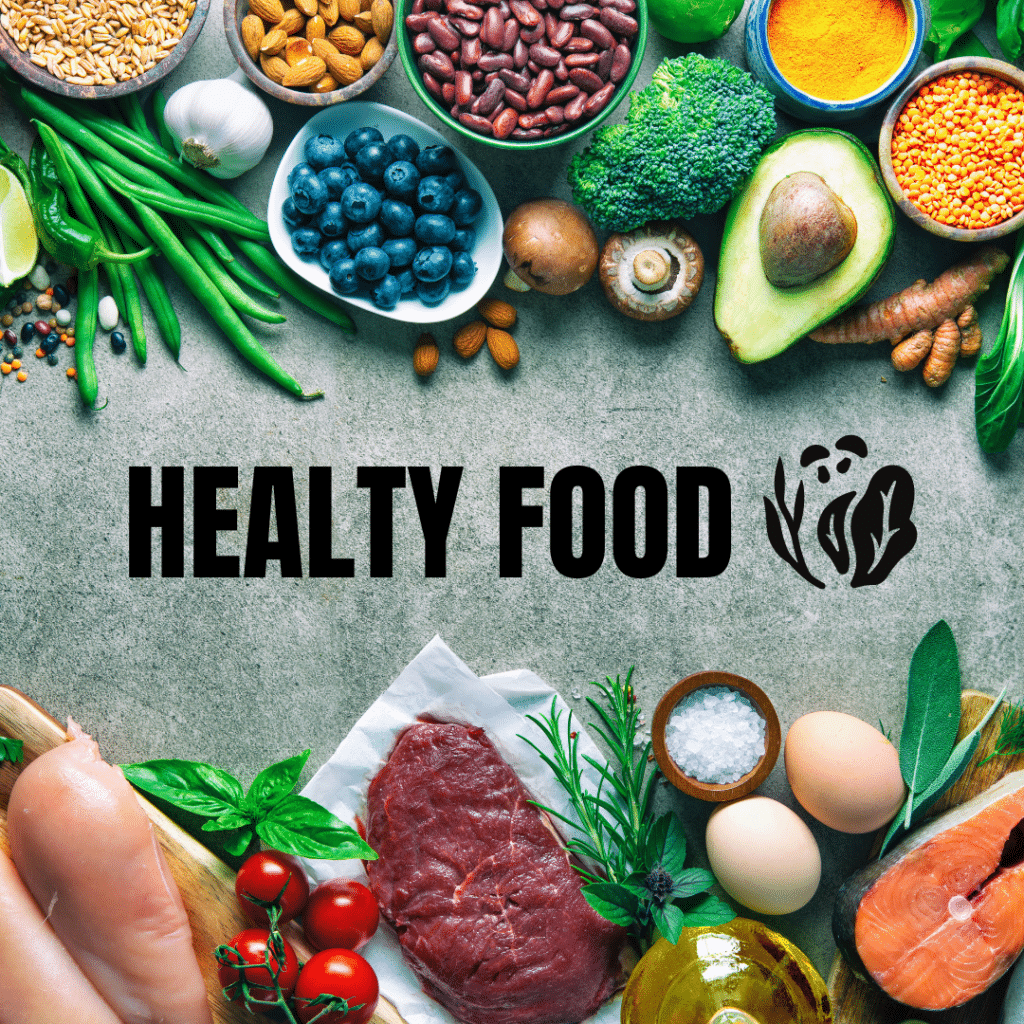
The Food Safety Modernization Act (FSMA) Made Simple Imagine a world where preventing food-related illnesses is more important than dealing with them after they happen. That’s precisely what the FSMA, introduced in 2011, aims to achieve. The FSMA focuses on stopping contamination and illnesses before they occur, covering various stages of the food supply chain,
... Read moreFSVP Planning: Everything you should know before choosing an FSVP Agent for Import/Export

https://youtu.be/T3pLp1dF08Y Introduction: In the intricate world of global trade, ensuring the safety and compliance of imported and exported food products is a shared responsibility. The Foreign Supplier Verification Program (FSVP) stands as a cornerstone in this effort, safeguarding the well-being of consumers and the integrity of the food supply chain. When navigating the FSVP landscape,
... Read moreStaying Ahead of the Game: Key Insights on the Latest Requirements for New Drug Submissions

From FDA guidelines to global regulatory standards, understanding the nuances of each requirement is essential to ensure a timely and successful drug submission. Our experts have analyzed the latest updates and compiled a comprehensive guide to help you stay ahead of the curve. In the dynamic and highly regulated world of pharmaceuticals, staying ahead
... Read moreDemystifying GHP and GMP Regulatory Food Safety Audits: Why They Matter

In the realm of food production and processing, safety is paramount. Ensuring our food is free from contaminants and meets stringent quality standards is a shared responsibility. This is where Good Hygiene Practices (GHP) and Good Manufacturing Practices (GMP) come into play. This comprehensive guide will explore the significance of GHP and GMP regulatory food
... Read moreNavigating the FDA Registration 510K Process: Your guide to getting your Medical Device to market

Introduction: So you’ve got a game-changing medical device that could reshape healthcare as we know it. Amazing! But before making that impact, you must navigate the labyrinth of FDA regulations and registrations, specifically the 510(k) pathway. In this guide, we’ll break down the process in a relatable way, covering everything from FDA regulations to
... Read moreNavigating HACCP Regulations: A Comprehensive Guide for Industry Compliance

https://youtu.be/dVbug89UHBA In today’s fast-paced and diverse industries, pursuing safety and quality isn’t just a goal; it’s a non-negotiable commitment. This is where HACCP – Hazard Analysis and Critical Control Points – takes center stage. It’s not just a buzzword; it’s a systematic approach that safeguards products and instills consumer trust. Let’s delve into the depths
... Read moreAAFCO Membership Approves New Pet Food Regulations for Enhanced Transparency and Consistency

Introduction In a groundbreaking move, the Association of American Feed Control Officials (AAFCO) has given the green light to an extensive overhaul of pet food and specialty pet food regulations. This decision is set to transform the way pet owners perceive and choose pet food products, marking a significant shift after more than four decades. With an
... Read moreIOR Compliance USA: Navigating Regulations and Tax Responsibilities

https://youtu.be/mWaBQzsa1_M Introduction: Navigating international trade regulations and the intricacies of Importer of Record (IOR) compliance and taxes can be complex. This comprehensive guide breaks down IOR compliance and its connection to tax obligations in the USA, offering a clear understanding for businesses engaged in global trade. IOR Compliance USA: Connecting Regulations and Tax Responsibilities What
... Read moreDecoding Food Labeling Regulations: Unveiling Requirements on Food Labels

Understanding Food Labels: A Simple Guide Food labels are more than just ingredient stickers on packaging; they are a key tool that helps consumers make informed choices about what they eat. This guide simplifies the complex world of food labeling regulations, focusing on the rules set by Health Canada, the U.S. Food and Drug Administration
... Read moreDel Health Canada: Roles & responsibilities in protecting Canadians

Del Health Canada is a crucial regulatory body responsible for ensuring the safety and effectiveness of drugs and medical devices in Canada. This organization plays a vital role in protecting the health and well-being of Canadians by setting standards, conducting research, and enforcing regulations. In this guide, we’ll explore the responsibilities and functions of Del
... Read moreEverything you should know about Health Canada Controlled Substances

Health Canada, the Canadian federal health department, oversees the regulation of controlled substances in Canada. Controlled substances are regulated due to their potential for abuse, dependence, and public health and safety harm. They include drugs and substances that are categorized into different schedules based on their level of risk and potential for misuse. In Canada, controlled substances are
... Read moreNew CFIA regulatory responsibilities regarding caffeinated energy drinks
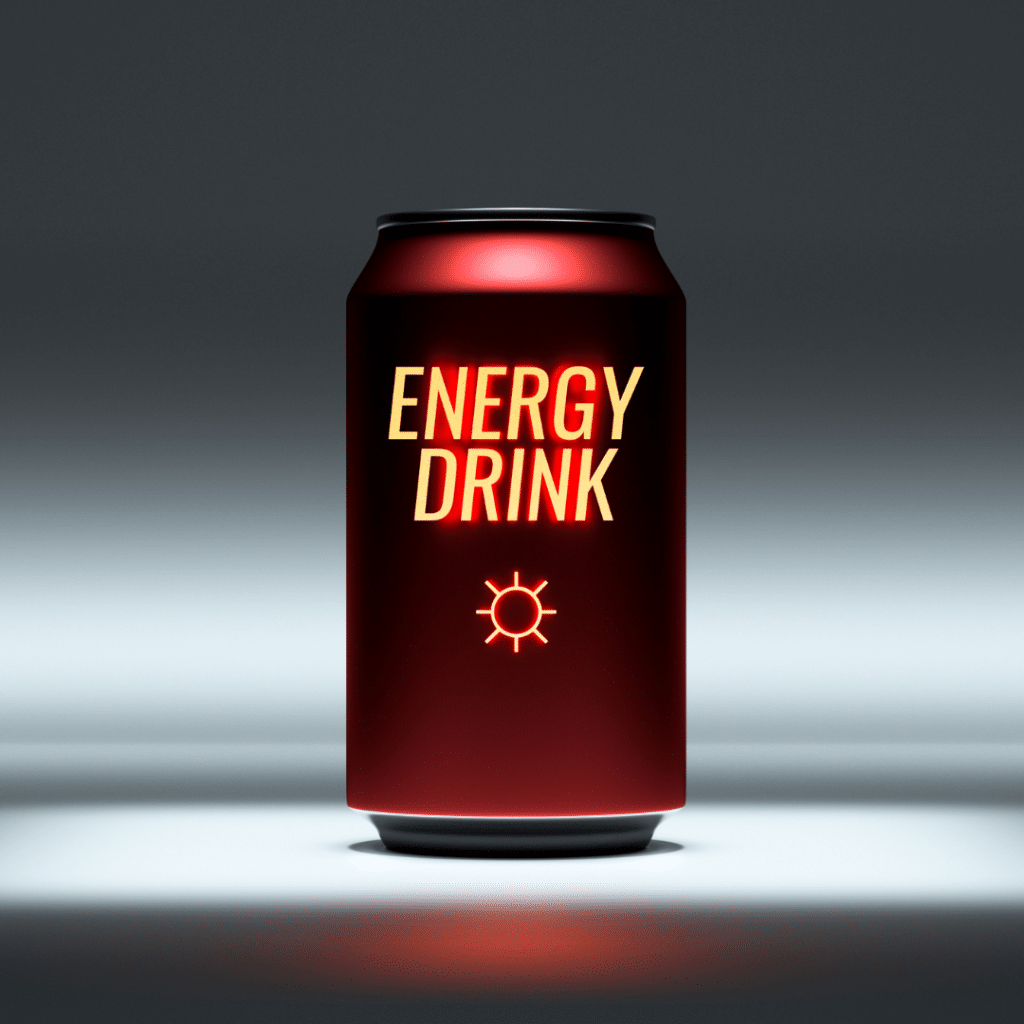
The Canadian Food Inspection Agency (CFIA) has regulated food products for many years, with a particular focus on the safety of Canadians. This includes ensuring products are packaged, labeled, and advertised by government regulations and guidelines that set standards to protect the health and safety of consumers. In response to an increasing number of consumer
... Read moreQuality Management Systems (QMS): Impact of Quality Assurance & Quality Control

Quality Management Systems (QMS) are an essential part of the life sciences healthcare industry, and many people need clarification on what a Quality Assurance person is. The FDA and ISO 9000 mandate quality processes, including quality assurance (QA) and quality control (QC) in medical devices, pharmaceuticals, and other sectors. They are crucial to regulated businesses since
... Read moreYour comprehensive guide to GRAS Applications for peak efficiency and success
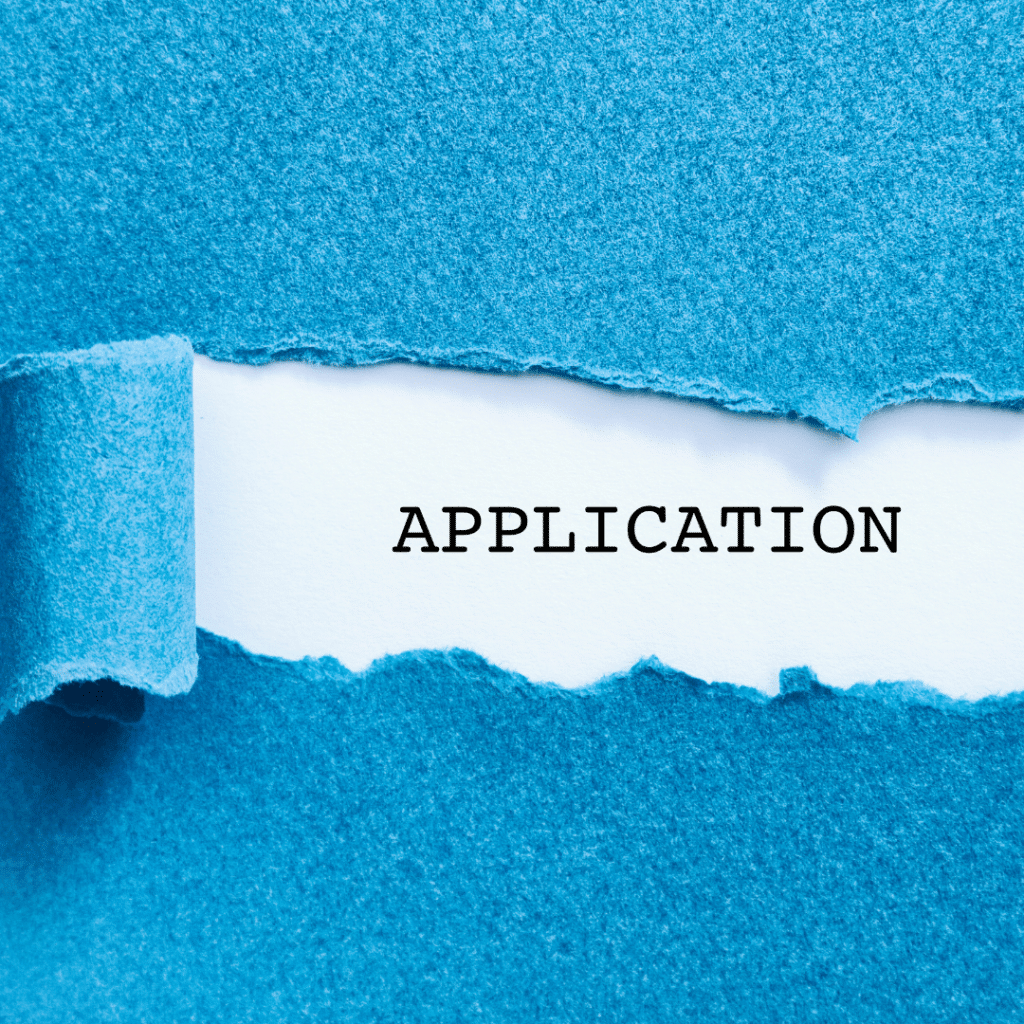
Are you ready to take your business to new heights? Look no further. In this comprehensive guide, we will unlock the potential of GRAS applications to help you achieve peak efficiency and success. Whether you’re a small startup or an established enterprise, understanding the power of GRAS (Generally Recognized as Safe) applications is essential for
... Read moreEverything you should i know about Health Canada product monographs

Health Canada publishes product monographs to describe a product’s health risks, benefits, and performance. Product monographs are for health products licensed by Health Canada and those approved by the Natural Health Products Directorate (NHPD). A product may appear on the market without a product monograph being written. A manufacturer is responsible for ensuring that the
... Read moreHealth Canada MDALL Medical Device Registration Guide
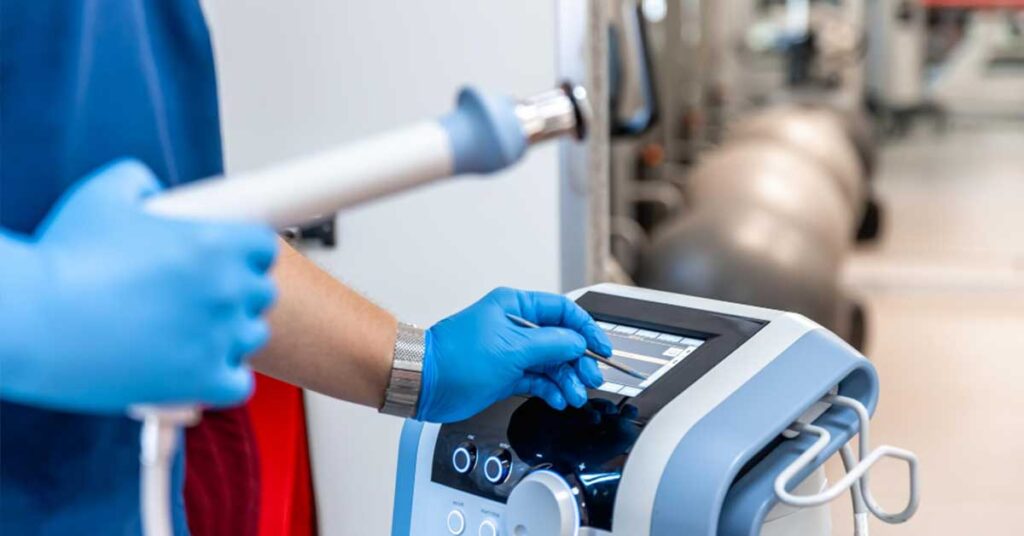
Introduction Health Canada MDALL is the key to legally marketing medical devices in Canada. If you are a manufacturer looking to enter the Canadian market, this registration ensures your device is safe, effective, and compliant with national regulations. It also gives you access to a trusted database that health professionals and patients rely on to
... Read moreHow the GRAS List Works for Food Additives
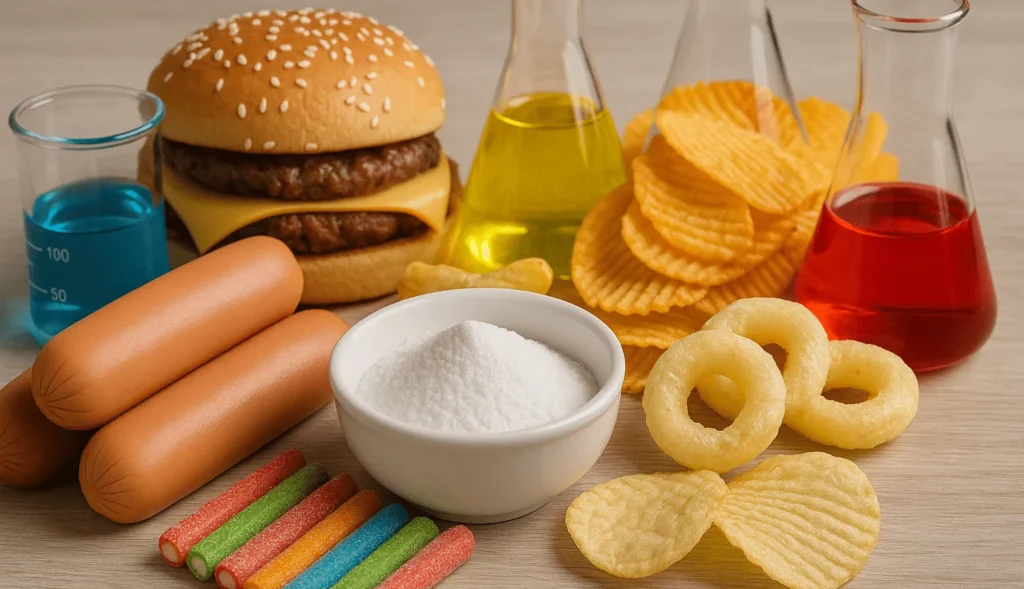
If you’re in the food business, you’ve likely come across the term “GRAS”, short for “Generally Recognized as Safe.” It’s a key concept in food regulation that identifies substances considered safe for use in food based on expert consensus or historical usage. But what does it really take for an ingredient to earn that recognition,
... Read moreHow to Get a Medical Device Establishment Licence in Canada

Learn how to get your Medical Device Establishment Licence faster and stay compliant with Health Canada.
... Read moreHow Manufacturers Can Register With the FDA

Are you running a business that deals with food, drugs, medical devices, cosmetics, or dietary supplements? If so, you must know the FDA establishment registration requirements to ensure your products meet legal standards and are safe for public consumption. The process of FDA establishment registration may seem daunting, but with the proper guidance, it can
... Read moreWhat to Ask When Registering a Food Facility With the FDA

Quality Smart Solutions offers the best FDA Facility Renewal & Registration services in North America for Medical Devices, Food, and Drug FDA domestic and foreign facilities! The process of food facility registration can be complex, but knowing what is required and following the instructions carefully helps ensure a successful registration. In this guide, you will
... Read more5 Tips to Find the Best Medical Device Regulatory Consultant

Finding the right medical device regulatory consultant is one of the most important steps to ensure your product meets all FDA requirements and remains compliant with ever-evolving regulations. Whether you are preparing for market launch, renewing an existing product registration, or managing post-market surveillance, expert guidance can make all the difference. The right consultant can
... Read moreHow to Achieve GRAS Status for Your Ingredient

If you want to know how to get your ingredient generally recognized as safe (GRAS) by the FDA, you are in the right place. This guide will walk you through the criteria, process, and best practices to help you meet compliance requirements and avoid unnecessary delays. GRAS designation allows companies to bring products to market
... Read moreWhat Businesses Need to Know About FDA NAC Guidelines

Introduction: On August 1, 2022, the FDA announced the final guidance on FDA’s policy regarding products labeled as dietary supplements that contain N-acetyl-L-cysteine (NAC). NAC is a supplement form of cysteine, a semi-essential amino acid, which was approved by the FDA as a drug in 1963 to treat liver side effects from an overdose of
... Read moreYour Complete Guide to Getting HACCP Certification

Most regulations require you to follow HACCP principles rather than hold a formal certificate. HACCP certification demonstrates your commitment to food safety, product quality, and compliance. It gives customers, regulators, and retailers clear assurance that your products are consistently safe. If you’re asking yourself, “How do I get HACCP certification?” or “What is HACCP certification?”,
... Read moreGRAS vs NDI: A Simple Guide to Ingredient Compliance

Learn the key differences between GRAS vs NDI and how to choose the right FDA pathway for your ingredient. Stay compliant with expert insights.
... Read moreUnlock 7 Steps to Verifying Your FSVP in 2023
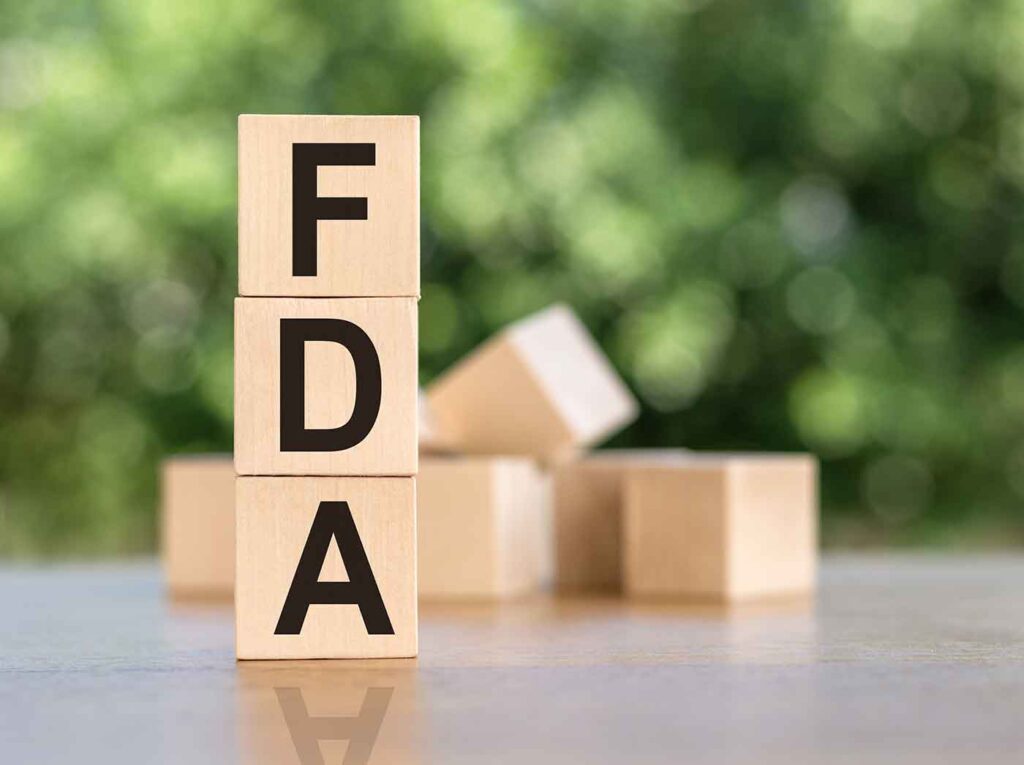
Foreign Supplier Verification Program (FSVP) Due to the increasingly global nature of today’s industry, an increasing number of businesses are searching for their suppliers overseas. Even though foreign sourcing has traditionally been difficult, the Foreign Supplier Verification Program (FSVP) established under the FSMA does not make the process any less difficult. The obligation for guaranteeing
... Read moreNHPID and NPN: 6 Key Things Businesses Should Know

If you’re selling natural health products in Canada, understanding NHPID and NPN is essential. These tools from Health Canada determine whether your ingredients are acceptable and whether your product is eligible to be sold legally. Without proper licensing, your product cannot be legally marketed or distributed in Canada. Both the NHPID and NPN processes require
... Read moreUnlock Food Regulations for Food Sales Health Canada & FDA
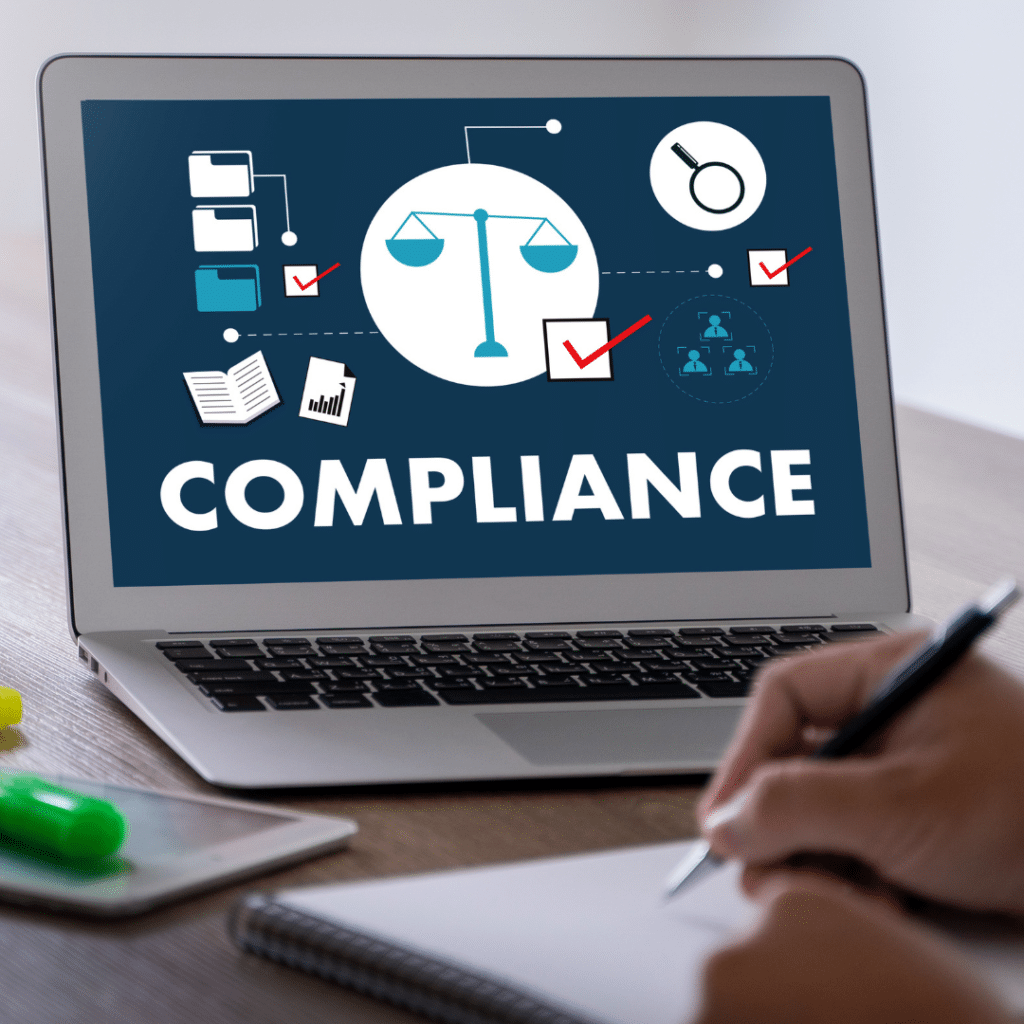
Do you want to learn about the food regulations for food sales in North America? This could include food facility registration, food safety regulation standards, TMAL, food label requirements, FSVP agents, and more. Then your wish is about to be granted. If you import, export, manufacture, or trade food products in North America you may
... Read moreCosmetic Notification Form: A Step-by-Step Guide to Stay Compliant in Canada

Filling out a Cosmetic Notification Form is a required step before selling any cosmetic product in Canada. Health Canada uses this form to monitor ingredients, verify product safety, and ensure compliance with the Food and Drugs Act and Cosmetic Regulations. While the process can seem confusing at first, it becomes simple once you understand what
... Read moreHealth Canada Marketing Authorization Update – Increased Vitamin D
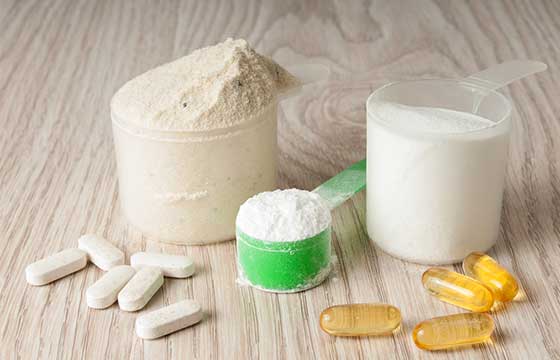
On January 19, 2022, Health Canada announced a marketing authorization (MA) to permit manufacturers to voluntarily increase the amount of Vitamin D in cow’s milk, goat’s milk and margarine. This was decided in order to facilitate alignment and compliance with the Regulations Amending the Food and Drug Regulations (Nutrition Labelling, other Labelling Provisions and Food
... Read moreMDSAP: What Is It and How Does It Apply to my Medical Device?

Who Needs an MDSAP Certificate? Anyone looking to manufacture a Class II, III or IV medical device in Canada requires a Medical Device Licence (MDL) for each product they sell. In order to obtain an MDL you need an ISO 13485 certificate that has been issued through the Medical Device Single Audit Program (MDSAP). These
... Read morePublic Consultation on Medical Devices Clinical Trials Modernization Initiative

Health Canada has published a consultation paper on proposed changes to the regulation and oversight of clinical trials for drug, medical devices and natural health products (NHPs). The purpose of these changes is to improve the speed at which these trials are approved, to avoid stifling medical advances that could help improve the health of
... Read moreCancellation of MDELs for Non-Compliance with Annual Licence Review Requirements

Cancellation of Medical Device Establishment Licence for A Non-compliance With Annual Licence Review Requirements On May 27, 2021 Health Canada issued a bulletin about cancellation of Medical Device Establishment Licence (MDELs) for the sites that are not compliant with the annual licence review requirements. About 700 MDEL holders have not submitted an annual licence review
... Read moreInterim Order No. 2 Respecting the Importation and Sale of Medical Devices for Use in Relation to COVID-19
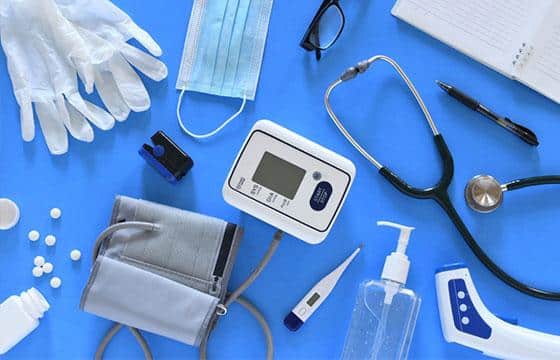
As of March 1, 2021, Interim Order No. 2 replaces Interim Order No. 1 Respecting the importation and sale of medical devices for use in relation to COVID-19. Interm Order No. 2 will continue to issue expedited authorizations for the sale or import of medical devices to deal with the current significant risk of COVID-19
... Read moreFDA’s Addition of the 9th Allergen (Sesame)

Sesame will become the 9th major food allergen officially recognized by the United States (FDA) on January 1st, 2023. The industry will have roughly two years to incorporate labeling changes to accommodate this new requirement. This clear labeling initiative is warranted to improve transparency, reduce allergic reactions, and protect this vulnerable population. Prevalence: Sesame allergies
... Read moreWhy You Should Consider a Third-Party NHP Importer of Record?
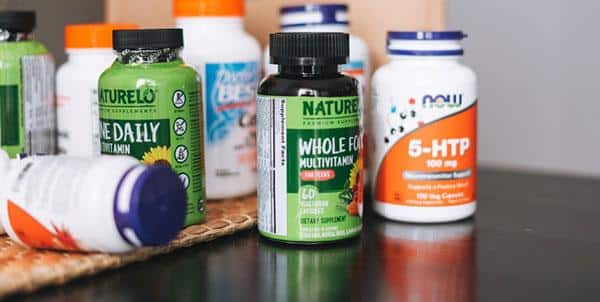
Natural Health Products (NHPs) are regulated by Health Canada under the authority of the Food and Drugs Act and the Natural Health Products Regulations (NHPR) and must be licensed prior to marketing in Canada. Licensed NHPs are assigned an eight (8) digit Natural Product Number (NPN) or Homeopathic Medicine Number (DIN-HM). To be classified as an NHP,
... Read moreConventional vs Supplemented Foods: Understanding the Differences in Canada and the USA

Introduction The distinction between conventional and supplemented foods is something many food businesses find confusing. If you are developing or importing products into Canada or the United States, it is critical to know which category your product belongs to and what rules apply. In this blog, you will learn how conventional foods differ from supplemented
... Read moreNNHPD Monographs: Difference Between Class I, II and III Applications

Introduction Have you ever wondered which Natural Health Product (NHP) application class your product belongs to? This is a question many manufacturers face when preparing to enter the Canadian market. Identifying the correct application type has become increasingly crucial, as choosing the wrong one can result in rejection notices (RN), costly delays, and setbacks to
... Read moreValidation of the Safe Food for Canadians Licence to Import

In order for food that is regulated under the Safe Food for Canadians Regulations, to be imported into Canada, the importer must hold a valid Safe Food for Canadians (SFC) license. This license is issued by the Canadian Food Inspection Agency (CFIA) and must be presented with the shipment at the border in order for
... Read moreEnsuring Predictability for Interim Orders Relating to COVID-19

Health Canada recently published an additional notice regarding all interim orders relating to COVID-19 and Medical Devices. This notice is showing the understanding from Health Canada that stakeholders require predictability for applicable regulatory aspects in respect to the interim orders. The notice will be updated with links to notices regarding any consultations, and any related
... Read moreQ&A: Selling Hand Sanitizers in Canada
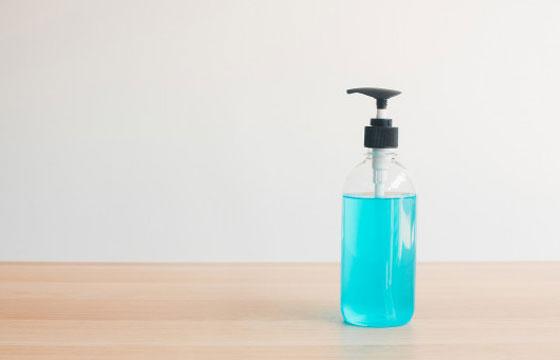
With the need for hand sanitizers significantly increasing for healthcare personnel and individuals during the current COVID-19 pandemic do help prevent and reduce the spread of the coronavirus Health Canada is taking action with interim measures to increase the supply of these products. This post is to help answer questions related to these actions and
... Read moreForeign Supplier Verification Program – USA & Canada agreement?

Under the Food Safety Modernization Act (FSMA), the United States (U.S.) started graduated enforcement of the Foreign Supplier Verification Program (FSVP) in May 2017. FSVP (Foreign Supplier Verification program) requires U.S. importers (regulated by US FDA) to verify that food imported into the United States has been produced in a manner that meets applicable U.S. safety standards. Similar to the
... Read moreNatural Health Product Brand Name Guidance
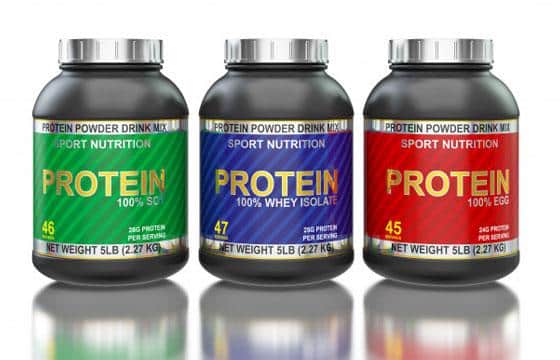
Natural Health Product Brand Name Guidance Brand names are an important part of your marketing strategy, but as many of us know firsthand there is a difference between what the marketing team wants to say and what the regulatory authorities will let you get away with. Consideration needs to be taken to ensure your brand
... Read moreAmazon.ca removing non-compliant Natural Health Products in October

In September Amazon.ca notified every Natural Health Product vendor (whether they had an NPN or not) that, effective in October 2018 they will be removing all products that don’t have a Natural Health Product Number. Here’s the email they sent to sellers: AMAZON NOTICE TO SELLERS OF NATURAL HEALTH PRODUCTS Dear Seller, Pursuant to Canadian
... Read moreWhat Every Business Should Know About NPN Applications

Just a little background information first before I talk about the business aspect of capitalizing on your NPN. NPN stands for Natural Product Number. It is a license that is issued by Health Canada and required for a dietary supplement (the term used in Canada is Natural Health Product) to legally be sold in Canada.
... Read moreSummary of the Proposed Approach to the Regulation of Canna

On November 21, 2017 the Canadian Minister of Health announced the Proposed Approach to the Regulation of Canna. The public consultation 60-day period has begun for feedback on the proposed rules which are primarily to layout the framework and regulations around recreational marijuana with medical marijuana rules, for the most part, being status quo. The
... Read moreCanada Natural Health Product (NHP) Labelling Revision Update for Products Containing Green Tea Extract (GTE)

On November 14, 2017 the Natural and Non-prescription Health Products Directorate (NNHPD) announced that there are several updates to the NHP Monograph for Green Tea Extract based on reports from Canada and worldwide that there may be a link, albeit the risk is rare, of the use between green tea extract and risk of a
... Read moreFDA proposes extended dates for Nutrition Facts and Supplement Facts labels compliance
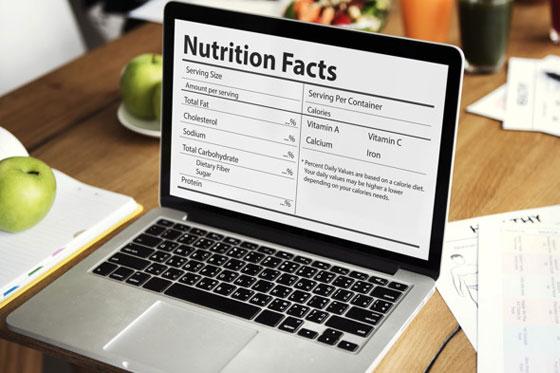
This past June 2017 the Food and Drug Administration (FDA) put a hold on the compliance dates for Nutrition Facts and Supplement facts compliance dates. The compliance dates were scheduled for July 26, 2018 for companies with annual sales over $10 million and July 26, 2019 for companies with sales over $10 million. Scott Gotlieb
... Read moreChanges to Regulation of Veterinary Health Products (VHP) in Canada

As discussed in an earlier post (PLL – Plain Language Labeling: What it means and how it affects you), the Food and Drugs Act (F&DA) underwent drastic revision after the thalidomide crisis of the 1960s. While some amendments have been introduced since then, the F&DA has remained mostly untouched. In 2014, the Regulations Amending the
... Read moreImport Solutions for Natural Health Products – Our New Website!

Our sister company, Quality IMPORT Solutions has a new website with all the information you need to make an informed decision when choosing an importer for your natural health products and what makes Quality IMPORT Solutions different than other providers. You visit the site at www.qualityIMPORTsolutions.com.
... Read morePLL – Plain Language Labeling: What it means and how it affects you

BACKGROUND Originally implemented in 1920 after the inception of the Federal department of Health in 1919, the Food and Drugs Act (F&DA) underwent drastic revision after the thalidomide crisis of the 1960s. While some amendments have been introduced since then, the F&DA has remained mostly untouched. In 2014, the Regulations Amending the Food and Drug
... Read moreTop 3 things to consider when planning to sell your Dietary Supplement in CANADA
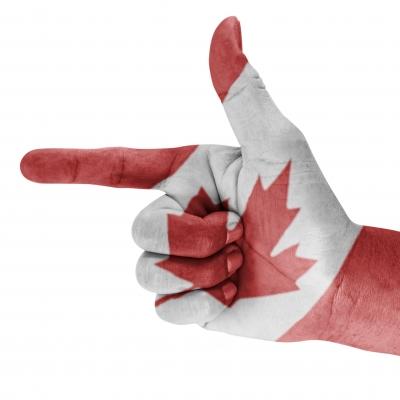
Some companies make the assumption that selling a dietary supplement product in Canada is no different than selling in the United States. There are, in fact, several distinct differences. As you plan to enter the Canadian market there are several points to consider. You need to obtain a Natural Product Number (NPN). This
... Read moreA New NHPD Ingredient Database Monograph Coming Soon?

Health Canada recently announced their initiative to modernize the regulatory framework for health products and foods. This is required due to a variety of factors, such as new and emerging science breakthroughs and public health threats worldwide. The modernization is also based on public input regarding the need for greater transparency. The Canadian federal government
... Read moreKeeping An Eye On The Global Health Products Landscape
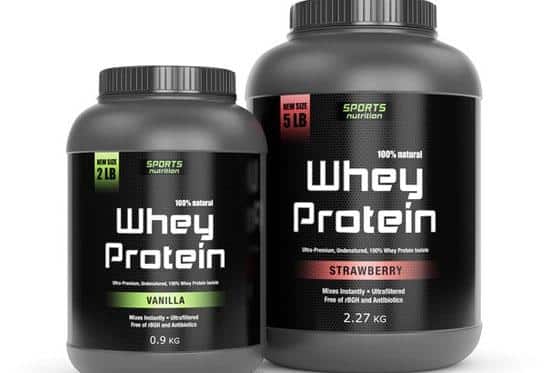
Significant changes are occurring in the global regulatory landscape as of late, and this is just another example of how the world is evolving into a single global marketplace. Products marketed in the United States may be in Brazil after having cleared the regulatory hurdles of that country. Products made in Korea may be in
... Read moreThank you for visiting us at the NATURAL PRODUCTS EXPO WEST in Anaheim, California in March!
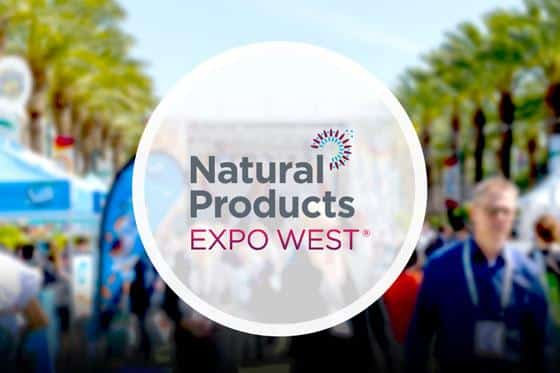
We hope you found it as successful as we did. Feel free to email us at info@qualitysmartsolutions.com or give us a call at 1-800-396-5144.
... Read more